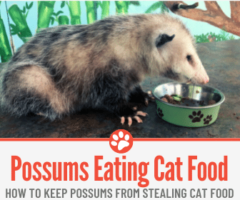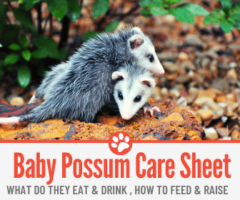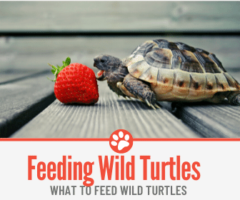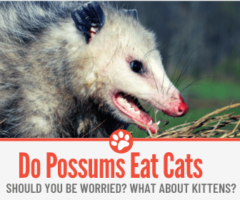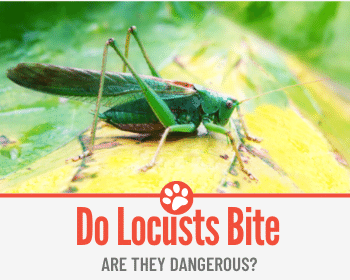 You may have seen pictures of farmers fighting swarms of locusts in their farms in places like East Africa or the Middle East recently.
You may have seen pictures of farmers fighting swarms of locusts in their farms in places like East Africa or the Middle East recently.
And you may even wonder if a locust can bite.
After all they have mouths strong enough to chew leaves and eat the bark of small trees, right?
So, do locust bite people?
Well, No, it turns out that locusts cannot bite people. Why? Because they only eat plants, and they eat lots of it! An average desert locust can eat its weight in food in one day. That’s right! In one day, a hungry locust can eat roughly two grams of food!
If you were caught in the middle of a locust swarm, you might feel their mouths on your skin, but it’s nothing to be worried about at all because although those mouths can chew leaves efficiently, they cannot even scratch your skin.
Locusts are dangerous in other ways though. They can cause other damage that far outweighs their puny size. That is in fact, why they are listed as one of the biggest invasive insect species on earth. Here’s how much damage locusts can cause.
Are Locusts Dangerous?
You should not be worried about a locust bite. According to the United Nation’s Food and Agricultural commission, locusts also do not carry any diseases. The major danger from a huge “attack” by locusts is the effect it will have on agriculture.
Locusts have huge appetites. That’s nothing to worry about when they are few. The odd two you might find in your backyard are not going to cause any much trouble and your children might even have fun trying to catch some. But you should worry if you see a large swarm of locusts. Especially if you live in an area with a lot of farms. An average swarm can hold as much as 80 million locusts and cover more than 400 miles.
Imagine, 80 million hungry locusts eating their weight in food, every day. That’s 160 million grams or 176 tons of fresh food a day! You can understand why farmers and locusts are not the best of friends. Locusts have been known to devastate their farms in just a few days, causing huge losses for farmers raising crops or livestock.
In 1870s huge swarms descended over the Midwest in the United States. One swarm in 1875 covered more than 198, 000 square miles, which is an area larger than the state of California. Between 1873 to 1877, those locusts caused more than $200 million ($4.6 billion in today’s money) losses in farm revenue.
After the 1930s however, locusts have not caused any major damage in North America. The Middle East, Australia and parts of East Africa have not been as lucky. East Africa is currently battling one of the largest swarms in decades that is putting millions of people in danger of starvation.
Locust Allergies
Apart from the huge loss in crops, money and the threat of famine. People with asthma or similar respiratory diseases may have health complications due to the dust locust swarms cause or the chemicals that are used to control the locusts. Some scientific studies seem to show that locust can cause allergic symptoms in people.
After a 2003 locust invasion in the city of Medani in Sudan, thousands of people were hospitalized, and 11 people died. Local officials linked the illness to the chemical secretions that stimulate adult locusts and make them form a swarm.
Where do Locusts Come From?
Locusts are a type of grasshoppers that can change their behaviour very fast and form large swarms mostly to search for food. Locusts exist in every continent except Antarctica. They are also called short-horned grasshoppers and share the biological order “Orthoptera” with ordinary grasshoppers and crickets.
Locusts live in small solitary groups until they become large enough to form swarms. In the right conditions, swarms can fly across hundreds of kilometres a day and even across oceans. Locusts are different from grasshoppers largely because of this tendency to form swarms. Some places have larger populations of locusts and an environment that make it easier for swarms to develop.
Places where locusts live or migrate to in significant numbers (especially recently) include:
- Australia
- The Arabian desert
- India
- China
- The Nile part of Egypt and East Africa.
Sometimes locusts are named after places where they are commonly found. For example,
- The Australian Plague Locust is common in the north west corner of New South Wales and Queensland.
- Desert locusts originate in the Arabian desert and migrate to desert regions in Africa. They will settle in Africa, breed and remigrate across to the Middle East and on to the western part of India, Pakistan and even China.
- The Rocky Mountain locusts ravaged the US Midwest in the 1800s. They formed their swarms around the Rocky Mountain region of… after hatching along the Mississippi.
- The Bombay Locust is found in India and other regions in South-east Asia.
Some Interesting Things to Know About Locusts
There are some things about locusts that you will find interesting… and maybe yummy!
-
Locust can spit “tobacco juice”
If you pick up a locust, it “spits” out a dark brown liquid. Some people call it tobacco juice. Maybe because of its distinctive dark brownish colour and distasteful smell. Scientists believe it is a defensive mechanism against predators. Whatever it is, it is quite harmless and can only stain your fingers or clothes.
-
People love eating locusts
The Biblical figure, John was said to have lived on a diet of locusts and wild honey. In many areas of the world, especially places where locusts’ swarms attack regularly, locusts are a delicacy.
In Cambodia, locusts are stuffed with peanuts and grilled in a hot frying pan. You can also make locust barbecue or enjoy Ghiscari-spiced honey locust meal – Game of Thrones style!
There lots of other ways to make delicious meals from locusts.
-
Animals also love eating locusts
If you thought that only humans loved eating locusts, you’re wrong! Some animals enjoy eating locusts. One group of animals that gorge on locusts are Locust birds. “Locust birds” is just a collective name for the different birds that prey on locust swarms, from pratincoles in Africa to rose-coloured starlings in India and a variety of different birds.
Some locust birds will eat so much locust, that they are unable to fly!
In March this year, Chinese pest control authorities raised an “army” of 100,000 ducks to help fight against the looming threat of a locust plague. Each soldier-duck can eat about 200 locusts in a single day!
Other animals that eat locusts are lizards, spiders and desert foxes.
-
Locusts eat each other even though they’re herbivores!
When locust swarms run out of food, they eat each other. Yes, that’s right! Locusts are herbivores, but once they are hungry and form swarms, they can eat almost anything. Some people claim to have seen really hungry locusts eat clothes off people’s back! One reason why locust swarm form is that they are trying to avoid being eaten and at the same time they are attracted to each other. According to the University of Sydney, this “escape-pursuit behaviour results in individuals aligning the direction of their movement and the formation of large mobile bands or swarms.”
-
Locusts are waterproof!
Locusts are protected by a thin waxy layer that covers the harder layer beneath. Because of this waterproof layer, insecticides that are used to control it are dissolved in oil.
-
Locusts have crossed the Atlantic Ocean.
In 1988, a swarm of locusts flew for non-stop for about 6 days across the Atlantic Ocean, a distance of more than 3100 miles! The locust swarm originated in West Africa and crossed to the Caribbean thousands of miles away. On average, locusts can reach speeds of up to 8 miles per hour and swarms regularly cover 80 miles in a single day.
Locusts are generally harmless and cannot hurt you, but they can cause farmers to have a bad headache, lose tons of crop and billions of dollars. In general, these pinkie-length bugs are a threat to the livelihoods of one-tenth of the earth’s population.



